My 300th Black Gate Post: Why I Write About What I Write About
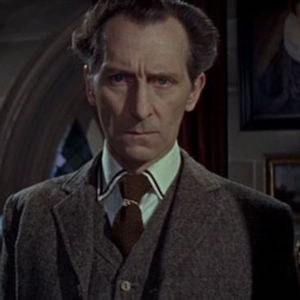 |
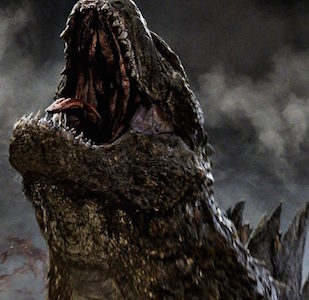 |
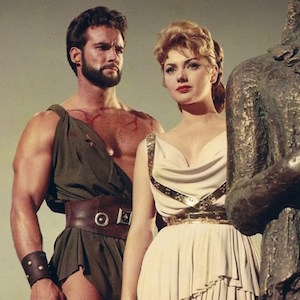 |
 |
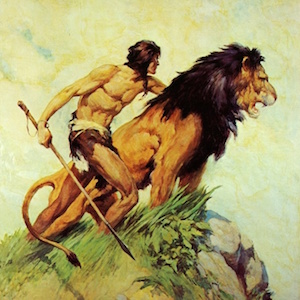 |
This is my three hundredth post at Black Gate. This year also marks the tenth anniversary of my first post as a regular blogger. I remember when John O’Neill first invited me to be a part of this project, back when none of us had any idea where it would go — I certainly didn’t think it would last for a decade and that I’d still be around. Or that John would win a World Fantasy Award for it. Yet here the site is, ten years later and a World Fantasy Award richer, and I still can’t believe people show up to read what I have to say about Hercules movies, Godzilla, and Tarzan. It’s humbling to be part of a site with such a wealth of amazing material, great contributors, and so many dedicated and intelligent readers.
I’ve changed enormously as a nonfiction writer over these ten years, and most of the changes happened because of Black Gate. When I started my regular posts, I had only a blurry vision of the sort of blogger I wanted to be. The reality has turned out different because I made interesting discoveries about my own tastes along the way: specifically, what it is that I most enjoy writing about. I once imagined I’d write primarily about fantasy literature, Conan pastiches, and writing techniques. Now I write about monster movies, John Carpenter, and Edgar Rice Burroughs.
To mark my personal anniversary, I’m going to offer an apologia of sorts — an explanation of why I write about the topics I write about most frequently on Black Gate. None of these were in the plan on Day 1, and I’m probably the person who’s most curious about how these subjects turned into my main nonfiction focus.
Edgar Rice Burroughs
I first read Edgar Rice Burroughs in my teens, but it wasn’t until after college that I accelerated my ERB reading pace and realized Tarzan of the Apes was one of my favorite novels — period, no qualifications. Yet I never anticipated that Burroughs would become my primary author, arguably the most important author in my life. If you’d asked me before 2012 who was destined to become my heliocentric writer figure, I might have answered William Shakespeare, J.R.R. Tolkien, Cornell Woolrich, Clark Ashton Smith, Frederick Faust, Leigh Brackett, or Raymond Chandler.
But no … it’s Edgar Rice Burroughs! This change happened without me noticing it at first. Then along comes the day when other ERB fans are referring to me as one of the top contemporary Edgar Rice Burroughs scholars, and I awake to the realization that I know more about Ed’s life and work than I do about any other writer.
The question “Why Edgar Rice Burroughs?” is one I’d need a whole post to explore. The simplified answer is that I find an elation in writing about ERB that surpasses most subjects. There’s a quality to ERB’s work that allows for bottomless analysis and exciting exegesis. Even Burroughs at his worst (Land of Terror) is almost as exciting to explore as him at his best (The Mucker). I’d prefer to read his best, but I’ve never found myself at a loss for something interesting to say about the work of Edgar Rice Burroughs.
Burroughs is also an author who opens up pathways to other fields of study. For example, the Pellucidar novels led me to examine the strangest of all hollow earth theories, Cellular Cosmogony, and the commune that grew around it. I never expected my post about Cellular Cosmogony to garner many hits (nor did it) but it was a fascinating subject for research and it’s one of the Black Gate articles I’m most proud of.
Big thanks to Howard Andrew Jones for giving me the push to plunge into Burroughs years ago when he innocently said, “Hey, you should write something about those Venus novels. I’ve never heard much about them.” I did … and it snowballed from there.
See Also:
- Caspak Victorious: The Land That Time Forgot – My first ERB post back in 2009
- The Venus/Amtor Books – Burroughs review series #1
- The Mars/Barsoom Books – Burroughs review series #2
- The Pellucidar Books – Burroughs review series #3
- War Eternal: Beyond the Farthest Star – A personal favorite article
- The Oakdale Affair – A look at a minor ERB work that was also the 3,000th post on the site.
- Tarzan and the Valley of Gold Novelization – Fritz Leiber does the best non-ERB Tarzan novel
- Tarzan’s Greatest Adventure – Like Tarzan movies? This one is my favorite
Godzilla (And Other Kaiju)
I have a deep, primal love for the giant monster movie genre. When I watch a scene of humongous beasts clobbering the hell out of buildings, military vehicles, and each other, I think: “This is what cinema is all about.” It’s the same feeling a fan of martial arts movies has toward a fantastically choreographed and photographed showdown, or a fan of movie musicals feels about an ingenious song-and-dance number. I can appreciate both — but the drug that gets me highest is big monsters.
Therefore Godzilla is at the core of what I love about movies and has been for years. I initially didn’t think Godzilla articles had a place at Black Gate. But I ventured out at last with a review of the Blu-ray release of Destroy All Monsters and followed it with the Criterion Collection Blu-ray of the original 1954 Godzilla.
Flash forward six years: Not only is Godzilla welcome at Black Gate, it seems people would rather read what I have to say about Godzilla than anything else I write. My five-part series on Godzilla’s history got picked up by Boing Boing, followed up by my take on the new 2014 U.S. Godzilla. Since then, whatever Godzilla topic I post shoots to the top of the hit counter — most recently for my review of the animated Godzilla: Planet of the Monsters. I can’t really take the credit for this: Godzilla probably contains some sort of Google magic that has nothing to do with me. Nevertheless, I’m thrilled that anybody cares what I think about the King of the Monsters — as well as other related giant beasts like Gwangi and The Last Dinosaur.
See also:
- All Monsters Attack (Godzilla’s Revenge) – A oft-maligned but interesting film
- The Return of Godzilla – The relaunch of the series in 1984 and its horrible Americanization
- Haruo Nakajima: The Man Who Was Godzilla – An obit for the first actor in the costume
- Cozilla – A psychedelic Italian colorization of the 1956 Americanized Godzilla
- Q: The Winged Serpent – New York crime sleaze meets the giant monster — love it!
- Dan Schneider Interview – Not a Black Gate post, but you can hear me talk about Godzilla for two hours
John Carpenter
When I came back to writing for Black Gate after an unintended hiatus, I wanted to have an article series prepped to go that excited me. The idea of doing an entire career retrospective on John Carpenter, one of my favorite directors, was exactly what I needed. When I returned to the site in December of 2016 it was with the first installment of my “Complete Carpenter” series, Dark Star. I’m still not finished — I just passed 1987’s Prince of Darkness (for the second time) — but I’m still having a great time. Of course, I still have to deal with Memoirs of an Invisible Man and The Ward, and I’ll check on my morale after that point.
See Also:
Sword-and-Sandal (Peplum) Films
Black Gate is a locus for sword-and-sorcery. Which means the sword-and-sandal (or peplum) genre rotates around it. This Italian film genre arose from the Hollywood epic and was immensely popular around the globe from 1957 to 1965. But it hasn’t gotten much attention in the English-speaking world aside from the website PeplumTV.
Because I’m a fan of the Italian Western, the movie craze that followed peplum, I was curious to learn more about these musclemen films that sometimes use mythic fantasy elements. With so many streaming options available — and so many of them dreadful prints from the public domain — sorting through them to find anything decent was a chore. I turned my streaming quest into a column, and now it’s a regular feature. I’ve turned away from my original task of hunting through online choices and instead focus on the most interesting quality prints I can find in any format. (I can only take so many streaming copies transferred from a first-generation Betamax tape.)
Of the regular topics I visit, peplum is the one I know the least about, nor would I call myself a serious fan. But I’m engaged in learning about it and I love sharing the results of what I find. I also got to discover Hercules, Samson & Ulysses, now one of my favorite cheesy movie party films. That alone makes the endeavor worth it.
See Also:
- Hercules in the Haunted World – The first sword-sandal article I wrote
- Land of the Pharaohs – A Hollywood sword-and-sandal film from Howard Hawks
- The Maciste Films of Italian Silent Cinema – The origin tale of peplum hero Maciste
- The Colossus of Rhodes – My favorite peplum, and it’s from director Sergio Leone
Hammer Film Productions
Britain’s legendary Hammer Films was the center of the horror movie world in the late 1950s and through the 1960s. Because Hammer movies rarely showed up on local television when I was younger, I didn’t start to watch their output until college. I knew about Hammer from reading books on the history of Dracula and Frankenstein films, and once I was able to rent the films I fell in love. I never thought anything could surpass the Universal Monsters in my horror fandom, but Hammer pulled it off.
Hammer Studios created the sense of a shared universe long before anyone thought of the term: the consistency of production design, direction, music, and casts entice viewers to live in a Gothic fairytale world of Romantic horror. There’s no fictional place I’d rather be in October than “Hammerland.” The studio’s non-horror output — such as their adventure films, pirate flicks, and science fiction movies also cast a similar Romantic spell — which gives me an excuse to make even more Hammer posts this year.
Peter Cushing is my favorite actor. I mention this a lot.
See Also:
- Dracula ‘58 (Horror of Dracula) – The best Dracula movie ever
- The Gorgon – One of my favorites of from director Terence Fisher
- Twins of Evil – Peter Cushing basically plays Solomon Kane and it’s glorious
- One Million Years B.C. – Hammer and Ray Harryhausen!
- Rasputin the Mad Monk – This is my idea of a Christmas movie
- The Lost Continent – Killer seaweed and the Spanish Inquisition
- The Woman in Black – Hammer Film Productions sorta exists today
Miscellaneous Wanderings
Wrapping up, here are a few articles that fit under none of these categories, but which are personal favorites among my time at Black Gate:
- The Return of the King (1980) – An overview of the bizarre Rankin-Bass animated film that is my second most popular article of all time (A post about Gladiator is the most popular.)
- The Hobbit (1977) – A similar look at the other Rankin-Bass Tolkien adaptation.
- Interview with Kenneth Johnson – Wow, I got to interview an entertainment legend, the creator of The Incredible Hulk television show and the miniseries V! An amazing guy with plenty to say.
- Fifty Years in the Zone: The Twilight Zone’s 50th Anniversary – My most ambitious article at the time, and it helped cement my love for Twilight Zone forever.
- Masterpiece: The Seventh Man – I love this pulp Western novel from Frederick Faut (Max Brand) and just want more people to know about it.
- Childhood Resurfaced: The Bermuda Depths – A classic film of the “Did I dream this up a child?” variety. No, you didn’t dream it: this romance/ghost story/giant turtle movie is real.
- Hercules vs. the Giant Robots – This look at the terrible Lou Ferrigno Hercules was ridiculously popular on the site for two years. Go figure.
Ryan Harvey is one of the original bloggers for Black Gate, starting in 2008. He received the Writers of the Future Award for his short story “An Acolyte of Black Spires,” and his stories “The Sorrowless Thief” and “Stand at Dubun-Geb” are available in Black Gate Online fiction. A further Ahn-Tarqa adventure, “Farewell to Tyrn.” is available as an e-book. His most recent publication, “The Invasion Will Be Alphabetized,” is now on sale in Stupendous Stories #19. Ryan lives in Costa Mesa, California where he works as a marketing writer. Occasionally, people ask him to talk about Edgar Rice Burroughs or Godzilla in interviews.
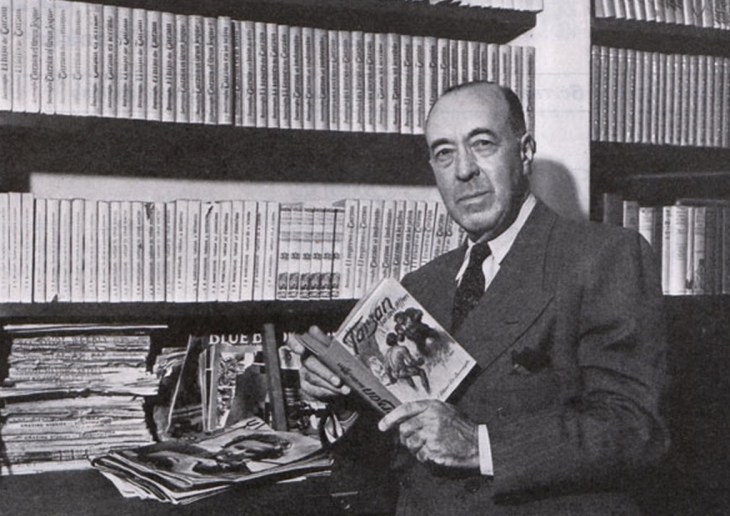
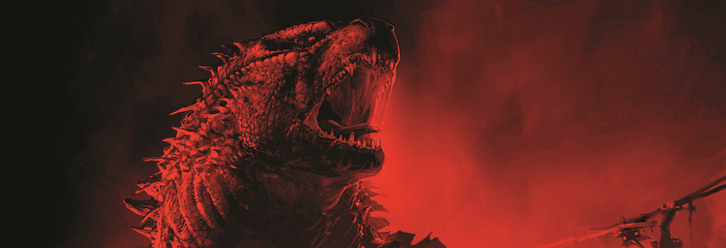
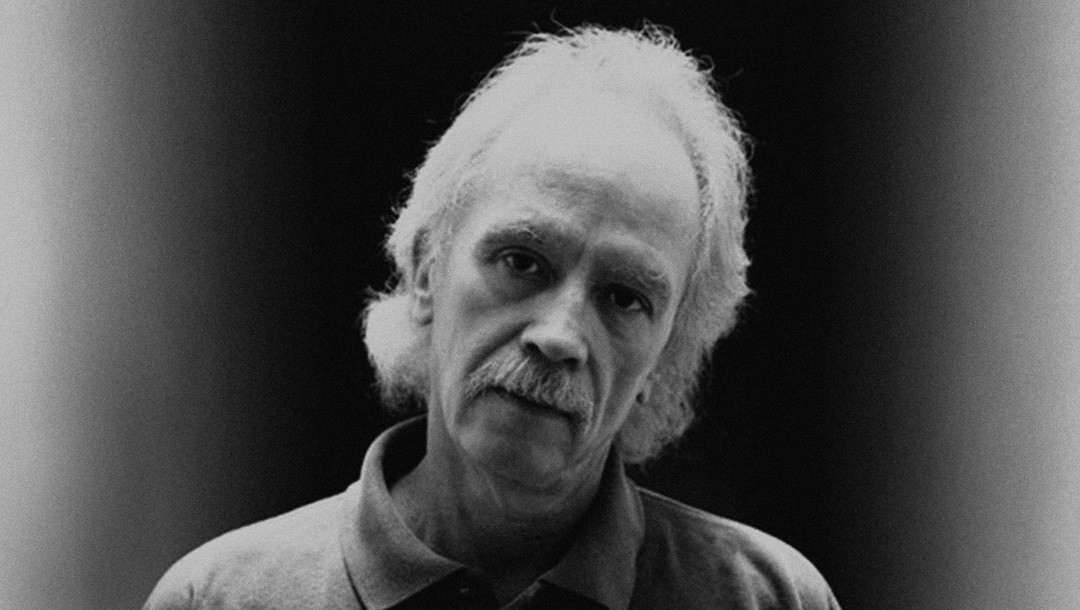
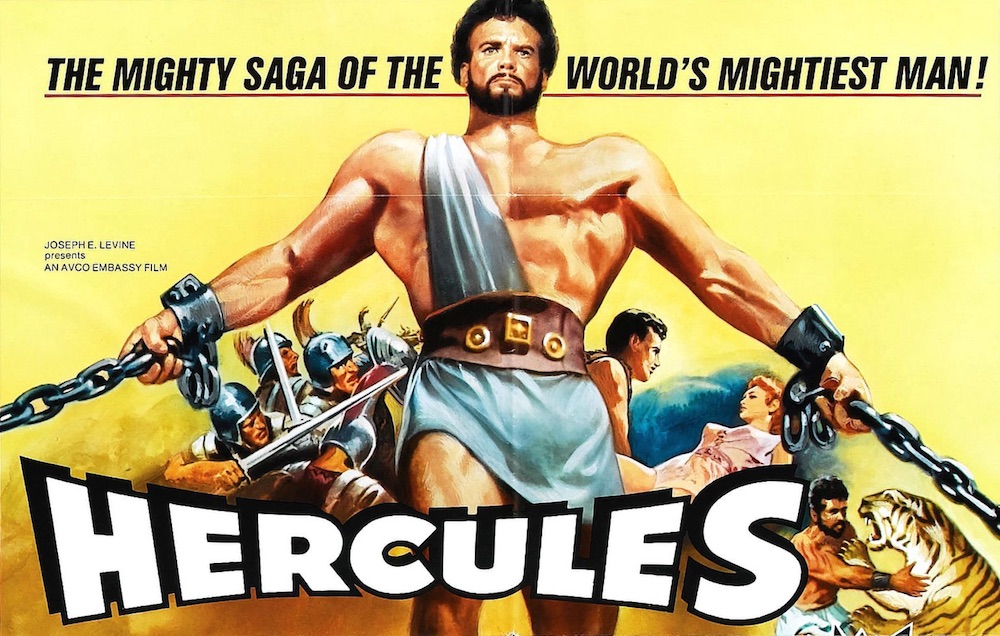
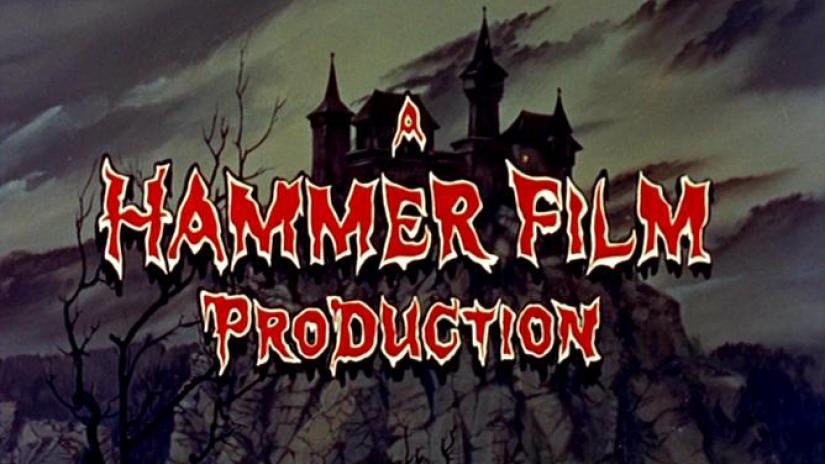
Excellent post, Ryan. You said it all for most of us, I think. Your reasons are the same as mine.
Congratulations, Ryan! This is a really significant milestone, and it’s an honor to have you lead the way at Black Gate.
I usually get excited whenever I see a new post with Ryan Harvey’s byline — because I know he’s going to be writing about cool stuff like ERB or Godzilla or John Carpenter! And he doesn’t just like all the stuff I do; he likes it for the same reasons. He gets it in the way I (and many of us loyal Black Gaters) do. And there are few leisurely pastimes more pleasurable than reading somebody’s take on a beloved film or novel and feeling a surge of commonality — “Yes! That’s totally it” — except perhaps reading the books and watching the films themselves.
Amongst other things, I’m pretty sure you take sole credit(?) for my increasing library of Hammer films. And of John Carpenter films, for that matter.
I have enjoyed reading your posts over the years and have rached the point of taking you for granted in all the good ways. But I must protest–whie agrreing completely with The Mucker being Burroughs best novel I would nominate Pirate Blood for his worst instead of Land of Terror. Just one reader’s opinion who bought Wizard of Venus when it frst came out excited at another Carson napier book and dismayed by it being linked with this very strange novel. When Burroughs has an off day he makes hay of it indeed. I look forward to your continuing posts.
@Allard – Oh, have no fear, I don’t like Pirate Blood at all! I didn’t mean to imply I think Land of Terror and The Mucker are the best and the worst ERB novels, only examples of him writing at his best and his worst. (When I met Jim Sullos, the president of Edgar Rice Burroughs Inc., he mentioned that he has just read Pirate Blood for this first time. “Yeah, I think we’re just going to let that one stay out of print,” he said.)
I should have known better and as always you made an excellent contrast between good and bad Burroughs. I have a special fondness for The Mad King and the Venus books partially because as a young pre-teen it was a long time before I was able to read Carson of Venus after Lost and the wait made Carson more interesting to me. Of course he’s no John Carter or even Ulysees Paxton but there you are. As a series other then early Tarzan I still think The War Chief and apache Devil were his finest hours.
The two War Chief novels are definitely shining stars in ERB’s canon. The reason I’ve delayed on writing about them for so long is because there is so much to say about them; they’re among ERB’s most layered and complex books. I have an ambition to write the best possible articles I can on them, and that’s honestly intimidating.